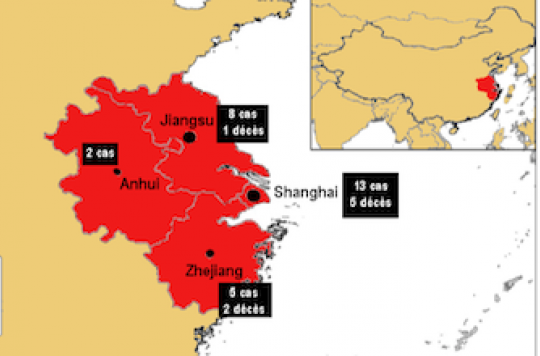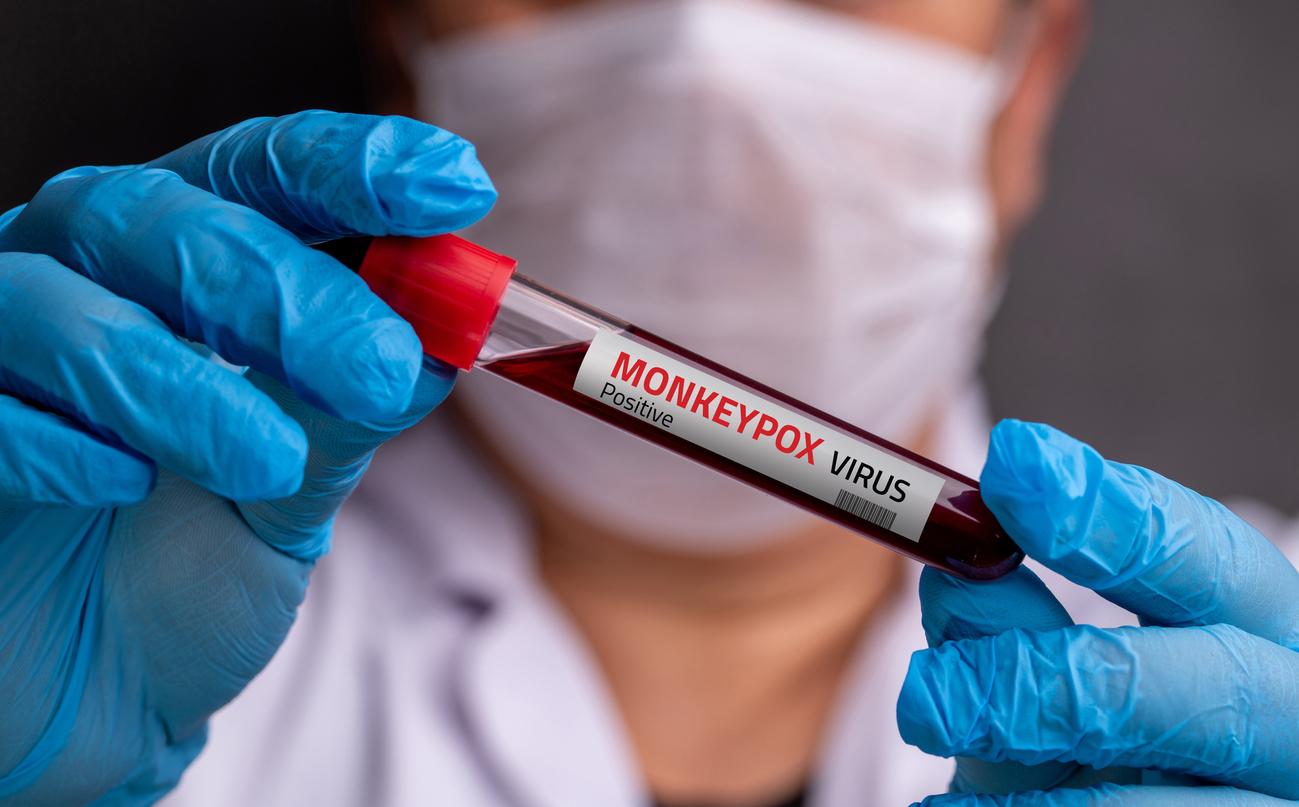As China strengthens its level of security in the face of the H7N9 threat, specialists are studying the profile of the victims and the operating mode of the virus.

The Chinese authorities want to be reassuring but are increasing security levels every day to prevent the spread of the H7N9 virus. Closed poultry markets and zoos, slaughterings, suspended pigeon races, disinfection of schools, the threat is taken very seriously. According to the Chinese Ministry of Agriculture, the agricultural authorities have said they have detected the H7N9 virus on pigeons in a market in Shanghai. The World Organization for Animal Health (OIE) has notified a positive food pigeon as well as chickens in the city market.
In its last international weekly bulletin (April 3/9), the Institute for Public Health Surveillance (INVS) looks at the profile of infected and deceased people. As of April 10, there were 33 people including 9 dead.
The majority of men (except a 4-year-old child) are, on average, 57 years old. Most (23 of the 28 cases studied) developed severe clinical signs.
If the virus has been transmitted from animals to humans, specialists fear inter-human transmission. To date, no epidemiological link has been reported, indicates the INVS. Of the 650 people who were in contact with the sick or the victims, none showed signs, except 2 family members of the first reported case of 87 years. One of the two died.
.















